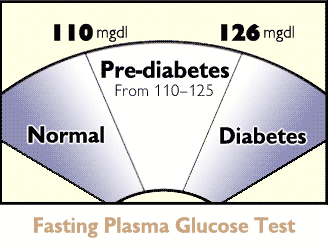
On next 14 November, the world will commemorate the World Diabetes Day. Why November 14 is selected to commemorate World Diabetes Day ? The answer is to commemorate the birthday of Frederick Grant Banting, discoverer of insulin.
Frederick Grant Banting, discoverer of insulin, was born November 14, 1891, in Alliston, Ontario, Canada. He was the youngest of five brothers from the marriage of William Thompson Banting and Margaret Grant.
Banting married Marion Robertson in 1924, and has a son named William Banting in 1928. Frederick Banting and Marion Robertson marriage ended in divorce in 1932, and in 1937 Banting then married Henrietta Ball.
Banting completed his school at the Public High Schools in Alliston and then go on to college at the University of Toronto in 1911. At first he studied at the arts course leading to religious and theology department. However, he decided that he wanted to be a doctor, and in 1912 he registered as a medical student.
During the World War I, Frederick Banting left his college in 1915 to join the medical corps as a private. Doctors were urgently needed at the time. However, he was sent back to finish his studies, and graduating in 1916. He was commissioned in the Royal Canadian Army Medical Corps and proceeded to England, where he received exceptional surgical experience in several army hospitals.
When the war ended in 1919, Banting returned to Canada and for a short time he worked as a medical practitioner in London, Ontario. He studied orthopaedic medicine during the year 1919-1920, Resident Surgeon at the Hospital for Sick Children, Toronto.
From 1920 until 1921 he did part-time teaching in orthopaedics at the University of Western Ontario at London, Canada, besides his general practice, and from 1921 until 1922 he was Lecturer in Pharmacology at the University of Toronto. In 1922 he was awarded his M.D. degree, together with a gold medal.
Banting began very interested in diabetes at the time he read the work of Naunyn, Minkowski, Opie, Schafer, and others that had indicated that diabetes was caused by lack of a protein hormone secreted by the Islets of Langerhans in the pancreas.
Schafer named the hormone as the insulin. Insulin supposed to be the controller of the metabolism of sugar, so that lack of it results in the accumulation of sugar in the blood and the excretion of the excess of sugar in the urine.
Several experiments attempting to supply the missing insulin by feeding diabetics patients with fresh pancreas, or extracts of it, had failed. It might be caused by the protein insulin in these had been destroyed by the proteolytic enzyme of the pancreas. The problem, therefore, was how to extract insulin from the pancreas before it had been thus destroyed.
Determined to investigate this possibility, Banting discussed the problem with various people, among whom was J. J. R. Macleod, Professor of Physiology at the University of Toronto, and Macleod gave him facilities for experimental work upon it. Dr. Charles Best, then a medical student, was appointed as Banting's assistant, and together, Banting and Best started the work which was to lead to the discovery of insulin.





 Older Post
Older Post






